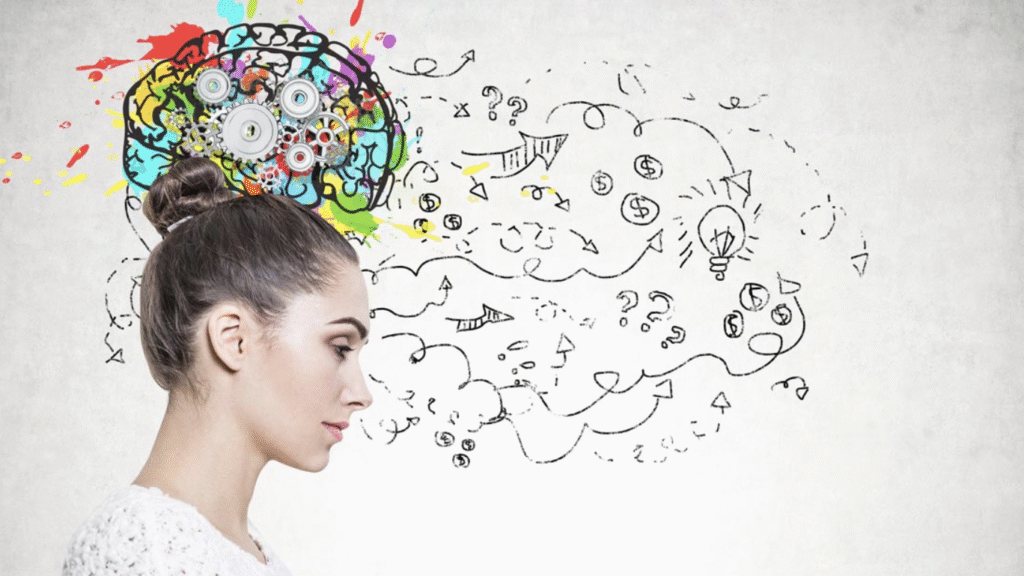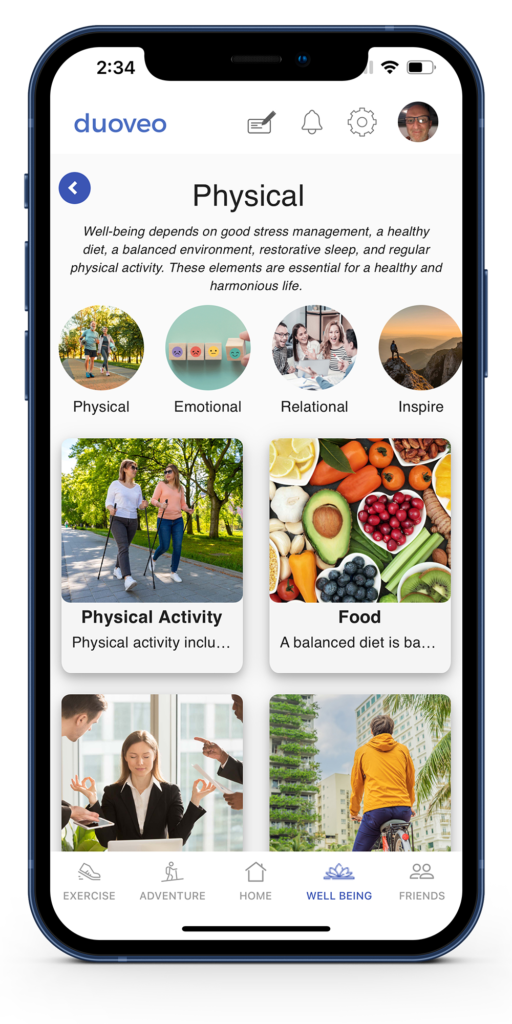Imagine this: You’re on a paradise beach, your feet sinking into warm sand, the soothing sound of waves lulling you into relaxation. You feel the day’s tension melting away like magic. But no—you’re not on vacation. You’re experiencing a session of guided visualization to manage stress. This simple and accessible technique invites you on an inner journey to calm the mind and relax the body. But how does it really work, and why is it gaining popularity in stress management and meditation? Let’s decode this subtle art of letting go.
Diving Into the World of Guided Visualization
Guided visualization is a method that involves evoking calming or motivating mental images, often accompanied by a soft voice guiding you step by step. But don’t mistake it for simple daydreaming—this practice has a clear intent: reducing anxiety, enhancing focus, and improving overall well-being. Guided visualization to manage stress is a key tool to have at your disposal.
By leveraging deep relaxation techniques, guided visualization activates the imagination and induces a meditative state. The brain—an eternal dreamer—does not always differentiate between real and imagined experiences. This is why even a mental scene can trigger real physiological benefits, such as slower heart rate and reduced cortisol levels, the hormone responsible for stress.
The Science Behind the Magic
Why does guided visualization work so well? The answer lies in how our brain responds to mental imagery. When you imagine a relaxing situation, the areas of your brain associated with emotion and perception (such as the prefrontal cortex and amygdala) become active. This mental simulation directly influences the autonomic nervous system, promoting a parasympathetic response: slower breathing, relaxed muscles, and a calm heart rate.
Studies also show that this practice can increase resilience to stress. A study published in Frontiers in Psychologyhighlights that guided visualization activates neural circuits linked to emotional regulation, helping to reduce negative thought patterns.
A Fun and Effective Practice
The beauty of guided visualization lies in its simplicity. Unlike some forms of meditation that require strict discipline, it’s accessible to everyone, with no prior training needed. You only need a few minutes, a quiet space, and, ideally, an audio or video guide.
How to Get Started
✔ Choose a theme: Relaxation, confidence, or even exploring an imaginary place.
✔ Find a comfortable position: Sitting or lying down, close your eyes, and relax.
✔ Follow the voice: Let yourself be guided through visual descriptions and breathing cues.
✔ Engage your senses: Feel the positive emotions generated by this mental immersion.
The Many Benefits for Body and Mind
1. A Natural Stress Reliever
A quick mental escape can defuse pressure instantly. Guided visualization lowers stress hormones while boosting feelings of calm and well-being.
2. A Creativity Booster
Guided visualization stimulates the imagination, encouraging innovative solutions to challenges. It’s popular among artists, entrepreneurs, and even athletes for visualizing success.
3. A Sleep Enhancer
If stress keeps you awake at night, a pre-bedtime visualization session could be your best ally. Immersing yourself in a peaceful landscape promotes quick sleep onset and deeper rest.
4. A Holistic Approach to Health
Research shows this practice can reduce chronic pain, improve digestion, and even strengthen the immune system. In other words, a true remedy disguised as self-care!
Bringing Visualization Into Everyday Life
Guided visualization isn’t limited to formal sessions. You can integrate it into your daily routine in fun and practical ways:
🚆 On your commute: Imagine a lush forest or a refreshing waterfall.
🗣 Before a stressful meeting: Visualize yourself speaking with confidence and ease.
🏋 During exercise: Picture your muscles growing stronger with every movement.
Resources to Practice
There’s an abundance of apps, YouTube videos, and podcasts dedicated to guided visualization. Some top recommendations include Calm, Headspace, and Insight Timer. These platforms offer sessions tailored to all levels and goals, from quick relaxation to mental preparation for big events.
An Art to Master Over Time
Like any practice, guided visualization may feel tricky at first. It’s normal for your mind to wander or for the effects to take time. The key is to persist with curiosity and ease. Remember: the goal isn’t perfection but the experience itself. Enjoy exploring your inner landscapes—you might discover hidden treasures within.
Conclusion
Guided visualization is a fascinating gateway to well-being, blending relaxation, creativity, and self-hypnosis. Easy to adopt and offering countless benefits, it’s perfect for anyone looking to manage stress and cultivate a rich inner life. So, are you ready to close your eyes and let yourself be guided? Your secret sanctuary awaits. 🌴✨
Sources:
- Schumann, J. et al. (2020). “Guided Imagery and Stress Reduction: A Systematic Review”. Frontiers in Psychology.
- Davis, M. (2019). “The Neuropsychological Benefits of Visualization Techniques”. Journal of Mind-Body Therapies.
- Simons, K. & McDonnell, J. (2021). “Mindfulness and Guided Imagery: Complementary Tools for Stress Management”. Clinical Psychology Today.
- Brown, T. (2020). “Visualization Practices and their Physiological Effects”. Journal of Holistic Health.
- Greenberg, D. (2018). “The Power of Mental Imagery in Reducing Workplace Anxiety”. Psychology & Health Journal.


